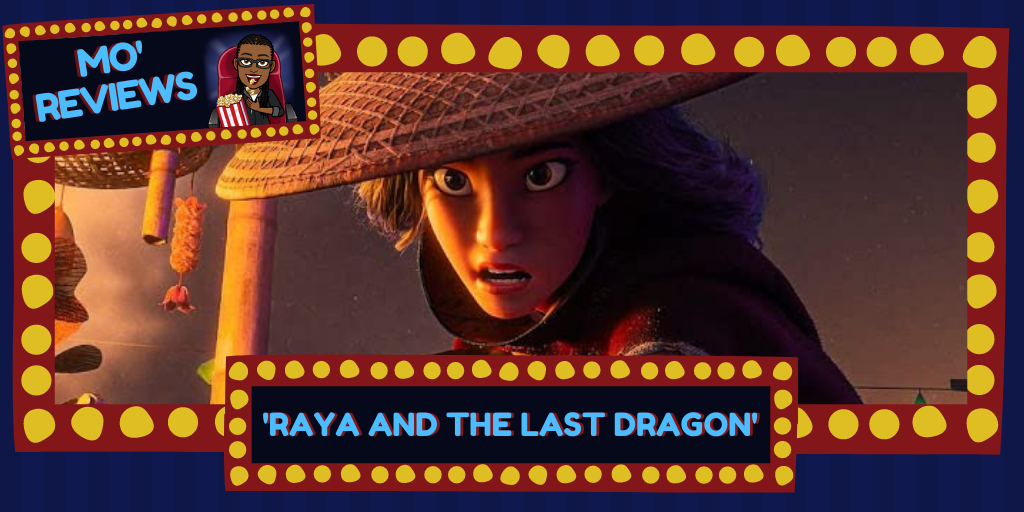Directed by: Don Hall, Carlos López Estrada, Paul Briggs, John Ripa
Written by: Qui Nguyen and Adele Lim (screenplay by), Paul Briggs, Don Hall, Adele Lim, Carlos López Estrada, Kiel Murray, Carlos López Estrada, John Ripa, Dean Wellins (story by)
Starring: Kelly Marie Tran, Daniel Dae Kim, Gemma Chan, Awkwafina, Izaac Wang, Thalia Tran, Benedict Wong, Sandra Oh, Lucille Soong, Jona Xiao, Sung Kang, Dumbfoundead (aka Jon Park), Ross Butler, Alan Tudyk, Dichen Lachman
Synopsis (IMDB): In a realm known as Kumandra, a re-imagined Earth inhabited by an ancient civilization, a warrior named Raya is determined to find the last dragon.
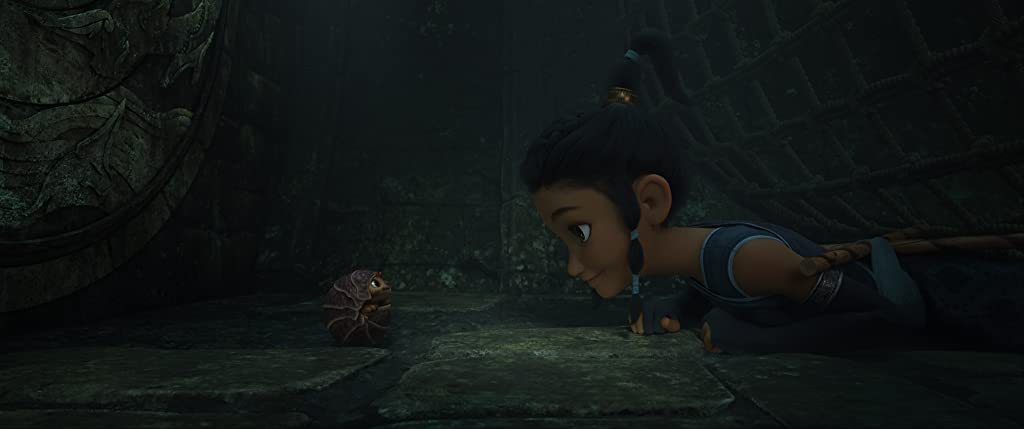
Monique’s review:
As a Disney fan, I am aware that one of their pain points is repeating narratives. A good percentage of their films involve the same “I want” scenario: The main character is usually different than others, feels like an outcast, and goes on a journey to prove their worth to themselves and the rest of the world. Disney’s penchant for recycling narratives, as well as Disney’s trend of showing Asian female characters as warriors, such as Mulan and Moana, made me afraid that Raya and the Last Dragon would befall the same fate. Indeed, Raya is a warrior, and there is a dragon that helps her out on her journey.
Thankfully, that’s where the similarities end. Raya and the Last Dragon infuses cultural specificity with original storytelling to create a wholly satisfying experience. The film’s writers, Nguyen and Lim, transport viewers into a South Asian fantasy world grounded in experiences relatable to 2021. Even though it’s a coincidence that the people of Kumandra would be dealing with a plague ravaging the land at the same time we’re still feeling the effects of a pandemic, the threat is just one of the ways Raya speaks to the current moment.
As Raya, Tran embodies the feelings of loss, sadness, desperation, and anger that we all have felt during the last year. Raya has spent most of her young life searching for a cure to the plague, and during that time, she’s become jaded and distrusting. Again, who hasn’t felt they’ve changed as people since 2020?
For fans who want to dig deeper, it’s worth considering how this film also speaks to the generational trauma many Southeast Asians (SEA) have from various wars that have taken place on their land. I’m mainly speaking of the Vietnamese and the lasting ramifications of the Vietnam War. In a recent Clubhouse talk featuring some of the cast and crew of Raya, the group surmised that one reason the film is doing so well overseas in Southeast Asia is that the film speaks to a familiar feeling of trauma many in the region have. Tran herself brought up how her parents have lingering trauma from the Vietnam War and how that sense of trauma does play into Raya‘s storyline.
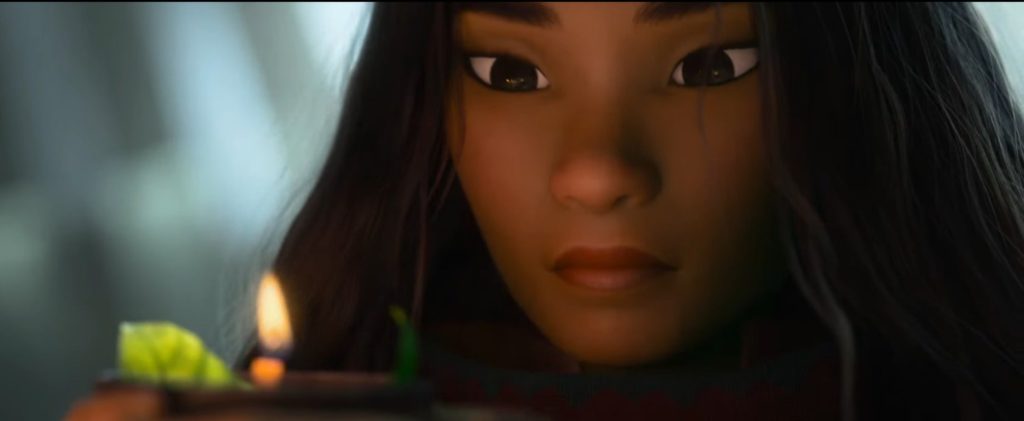
From this outsider’s perspective, it appears Raya touches on something much more meaningful than Crazy Rich Asians or its spiritual children Bling Empire and The House of Ho ever could. While the latter titles speak to a specific Asian-American longing for visibility in the media, the lifestyles they portray are still a fantasy. Even worse–the media perception of rich Asian-Americans paints a picture that every Asian in America is filthy rich, which can be harmful in itself. Many Asian American families are getting left behind in the wage gap, and because of mainstream perceptions, many families aren’t getting the help they deserve. Meanwhile, Raya speaks to something rooted in reality–the emotional void left behind by unimaginable loss. It’s a state that can be specific if it’s about Vietnamese generational trauma, for example, or it can be universal since all of us have experienced some level of gut-wrenching pain.
Those looking for LGBTQ representation in animation might also get their itch scratched with Raya as well. The film doesn’t tout itself as a lesbian love story, nor is it marketed that way. But, when watching the movie, you can’t help but feel there is something unsaid about Raya and Namaari’s (Chan) relationship.
While the film shows us a “friendship,” it also hints that there’s something deeper that drives Raya and Namaari’s animosity towards each other. Tran talked about this to Vanity Fair, saying that she decided there were “some romantic feelings going on there” between the two characters when she was saying her lines. From where I’m standing–and without attempting to give Disney unearned points in the LGBTQ+ representation arena–the subtext in the film was loud and clear, so much so that I’d say Disney has created their first queer Disney princess without consciously trying.
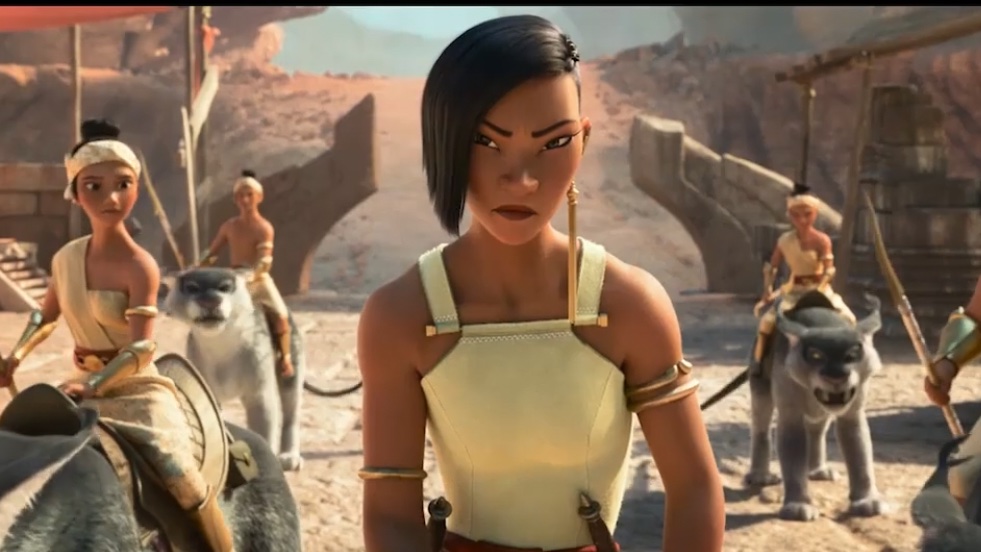
While the story is sound and invites viewers to learn more about Southeast Asian history and mythology, another part of the film might raise some SEA viewers’ concerns: the cast. While Tran is Vietnamese-American, much of the cast doesn’t have a SEA background. Other cast members, such as Kim, Chan, Wong, and Awkwafina, are East Asian. Some might find this annoying since this was an opportunity to bring more SEA actors to the forefront. Others might not care since they might consider a voice just a voice.
There’s already an extensive discussion regarding white actors lending their voices to Black or other minority characters. I’ve seen the same type of conversation regarding Raya‘s East Asian voice actors. As a Black person, I know to watch the conversations happen and listen. Speaking from my perspective regarding Black characters, Black voice actors can lend a cultural specificity that other actors can’t reach. Perhaps there’s something in that perspective that can help the Asian American viewership come to terms with how they feel about Raya‘s reliance on East Asian actors.
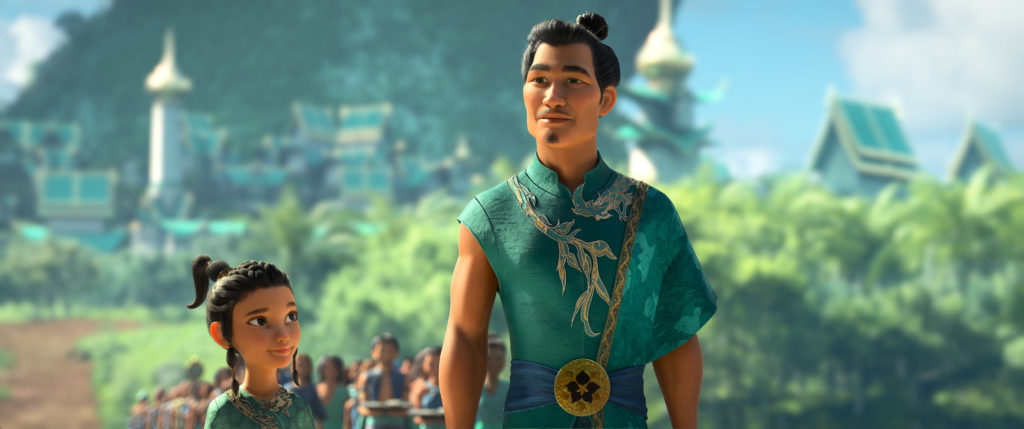
Despite the discussion, the cast did a fantastic job. Kim provided warmth and inspirational leadership as Raya’s father, Chief Benja. Chan gave Namaari layers by showing that underneath her cool and cunning attitude was a kind-hearted woman who was a self-proclaimed dragon nerd. Wong’s character Tong seemed like a retread of the barbarian guy from Tangled, but Wong infused him with likability and humor.
Awkwafina thankfully toed the comic relief line and gave us a portrayal of the dragon Sisu as funny as it was genuine and thoughtful. Frankly, I was worried Sisu would be Disney trying yet again to capture the lightning-in-a-bottle magic Robin Williams and Eddie Murphy had as Aladdin‘s Genie and Mulan‘s Mushu, respectively. But as Sisu’s character developed, she grew from being a potential write-off to a character that helped Raya grow into a more well-rounded warrior, leader, and human being. Also, her human form is my favorite character design from the movie.
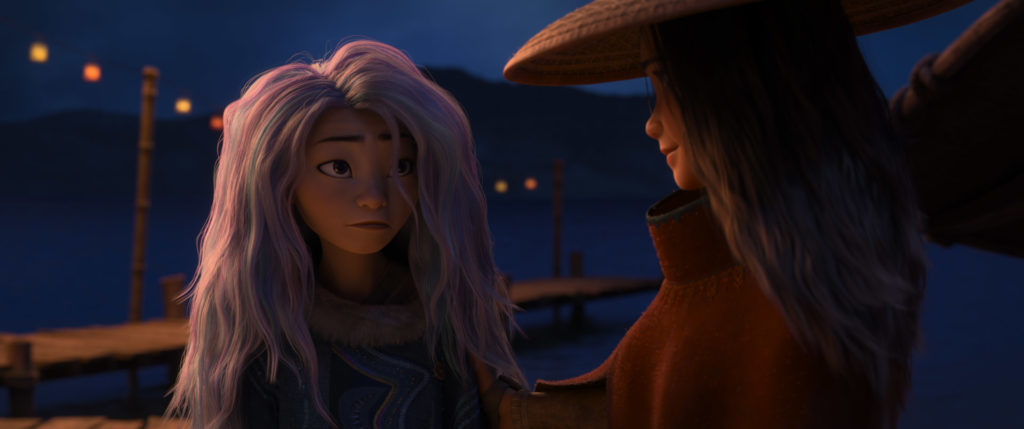
Overall, Raya is a great film that teaches lessons such as friendship, trust, and the importance of hope. Above all, it also informs the importance of community and togetherness. Just like how the nations in Kumandra realized they had to come together to defeat the plague, we viewers can come together as a national community to defeat our various monsters–the coronavirus, sure, but also the monsters of racism, discrimination, and xenophobia as well.
